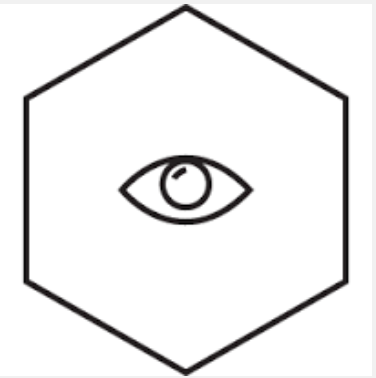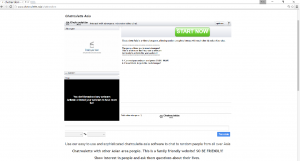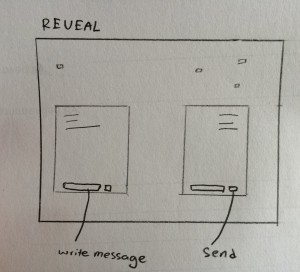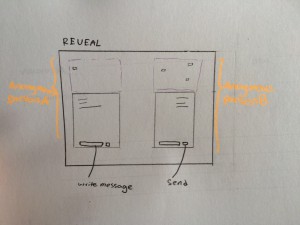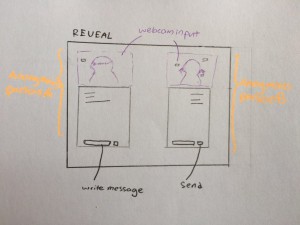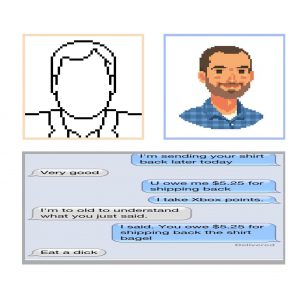This exercise seeks to explore and observe the reactions of two participants, who were placed in a particular situation (mediated by an object) for a few minutes.
For this exercise, the following items were tested out:

A rope arranged in a circle, a red rope to encircle participant’s waist, a flexible tube, bubble foam with holes at each corner (not pictured).
Considerations for chosen items:
- Rope in circle arrangement: Participants were to stand in the circle, and create their own perceived figment of space from the visual of the rope-border
- Red Rope: Tugs and pulls, participants are able to pull on their own extension of rope to affect the other
- Flexible Tube: Participants are free to play around with tube
- Bubble foam: Emulating the original artwork, participants can however play with bubble foam, and also tug it affecting the other. Mostly served to simply enforce closer proximity
By deliberately pacing the gap between the participants, this object makes participants self-conscious about the space around them, as they start to pay attention to the nearby elements. Also, personal space is intruded upon – by another person without their approval, and they feel uncomfortable with the adjusted space. A new situation is created: and the response recorded varied between users.
In general, there were 3 main responses:
1. Keeping quiet and standing awkwardly
2. Keeping occupied, fiddling with object
3. Chat with each other
After the experiment, participants voiced that the experiment forced them into a situation different from when the object had not been there, hence their different behavioural outcomes. With its presence, the object became a catalyst for setting up a social situation, where the personal space became the shared space. The participants thus share a common situation (of standing stationary at a given spot, facing another person), and a similar understanding of their current position.
When external factors such as friends came into play, a sense of ease was given to the participants – possibly mitigating the outcome of the experiment. Having familiar elements in an odd, new situation helps to allay some anxiety. The space has now expanded to involve the friends. Personally, I feel that at such, too many elements are present which erodes the position to create a personalised space for the two participants.
On the other hand, when friends join the experiment, anxiety tension is still created. Some friends continue chatting, ignoring the discomfort from the objects, whereas some become overly conscious about it.
However, participants who overcame their anxiety discomfort started to create another space with each other, through initiating polite talk. Below are a picture series of strangers (to the other) participating in the experiment:
Later, we instead gave a pair of participants free will to play around with the object. The lack of restriction allowed the participants to build a space around the object, rather than create an object as an outcome of the experiment. Their actions was now for the object, rather than mediated by the object. Now, the need to interact with the other has failed, failing the idea of creating a common space with the other.
It was interesting to note that some participants mimicked the other subconsciously through their actions.

















